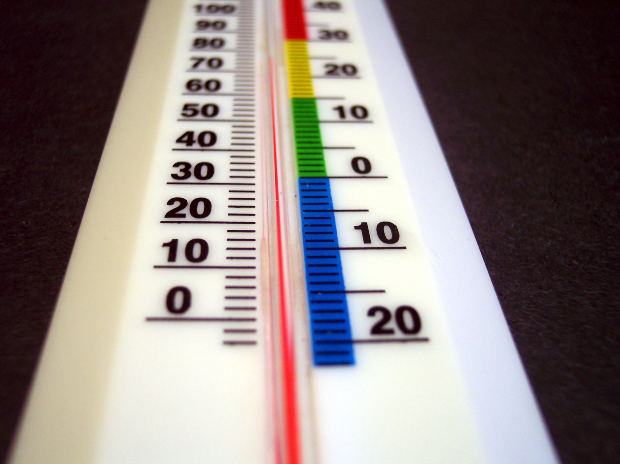 Wow….Summer has hit quick and HARD this year in Minnesota! All of a sudden June feels like August and when we swing from the mid 60’s up to 98 degree heat indexes, our bodies haven’t had the chance to acclimate properly. When you are exercising or playing in the summer heat there are some things you need to watch out for to avoid serious physical consequences.
Wow….Summer has hit quick and HARD this year in Minnesota! All of a sudden June feels like August and when we swing from the mid 60’s up to 98 degree heat indexes, our bodies haven’t had the chance to acclimate properly. When you are exercising or playing in the summer heat there are some things you need to watch out for to avoid serious physical consequences.
There are a few problems caused by exertion in the heat that you should be aware of:
Heat Cramps – Heat cramps are muscle spasms. These cramps result from dehydration and mineral losses during heavy sweatinHeat
Exhaustion – Your muscles during exercise are in competition with your skin for your limited blood supply. Heat exhaustion occurs when blood volume decreases due to fluid loss and when blood volume is diverted to your muscles so that they can continue to function which does not allow for your cardio vascular system to distribute an adequate supply of blood to the skin for cooling. Symptoms of heat exhaustion include dizziness, breathlessness, fainting, vomiting, cold and clammy skin, hot and dry skin, rapid pulse.
Heat Stroke – Heat stroke is a total collapse of the body’s ability to dissipate heat, and can be life threatening. Symptoms include rapid pulse, a body temperature over 104 degrees, confusion, hot and dry skin, and unconsciousness. Your best course of action is to cool the person as rapidly as possible. Place in a bath of cold water and contact medical personnel.
Here are the steps you should take now if you are planning on exercising outdoors:
1.Try not to exercise in the hottest parts of the day. Early morning or evening is better.
2.Drink ample amounts of fluids- ALL DAY long, not just during the workout . Thirst is not an accurate indicator of your need for fluid. When exercising in the hot and humid conditions, drink lots of water, but you may also want to add sports drinks into the mix to help balance electrolyte loss and provide carbohydrates that will help maintain blood glucose levels.
3.Wear as little clothing as possible to allow heat to escape to the environment.
4.Take more breaks. Don’t let yourself get too hot. When it is hot and humid you should bring your workout intensity and duration down appropriately.
5.Seek a cool environment if you start to cramp, get dizzy, feel faint or feel nauseous.
Heat stroke can sneak up on you, so educate yourself on the signs and take caution and be safe this summer!
